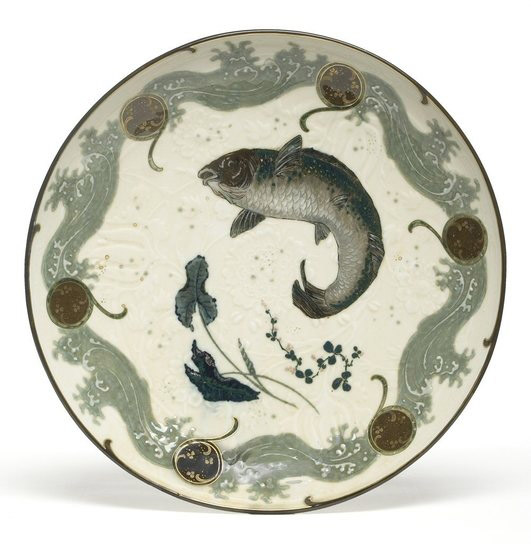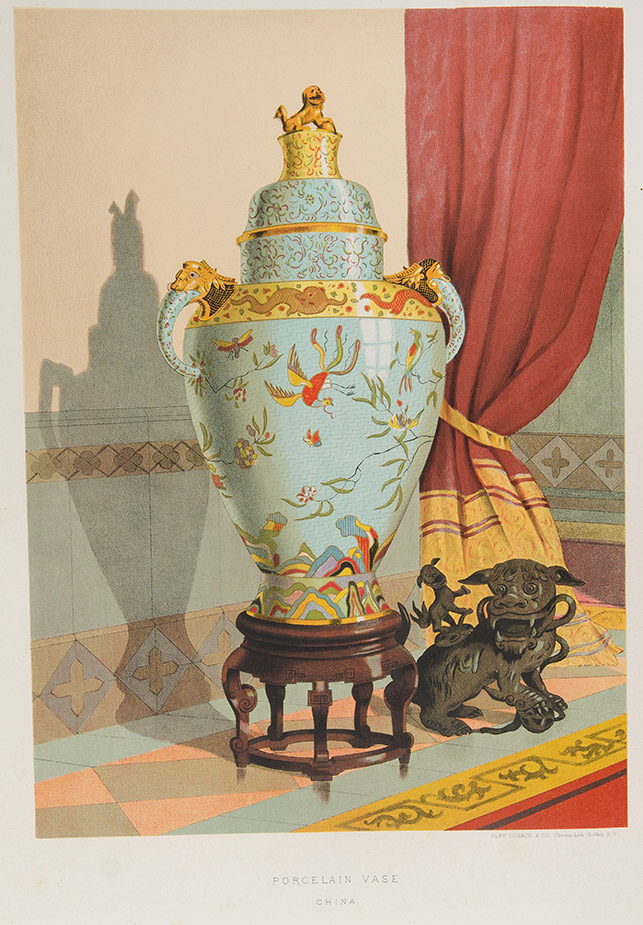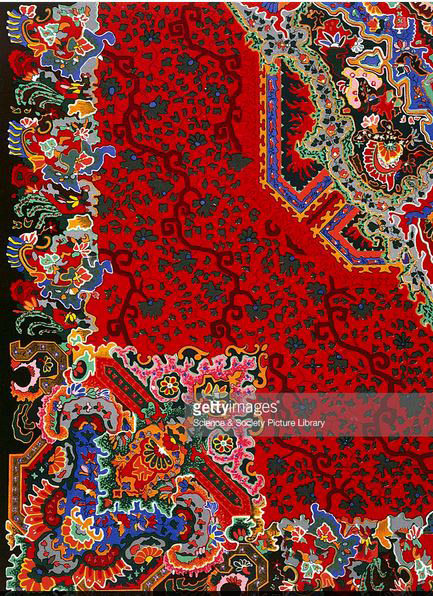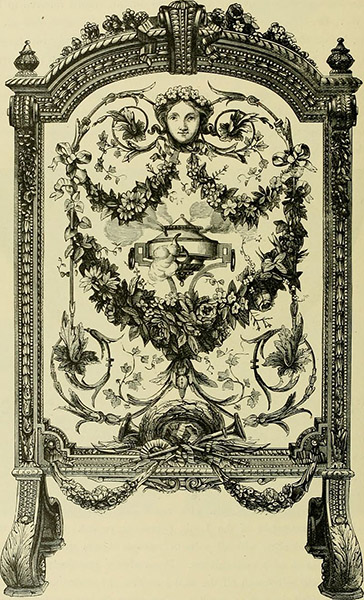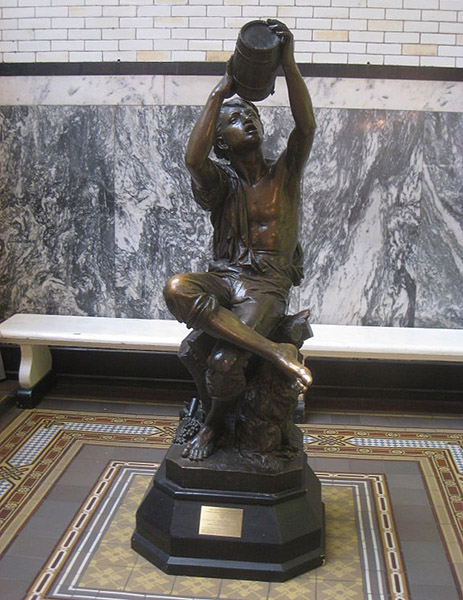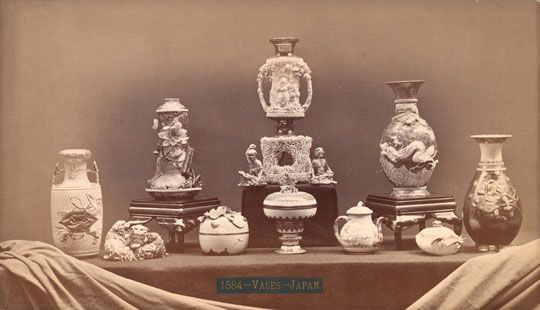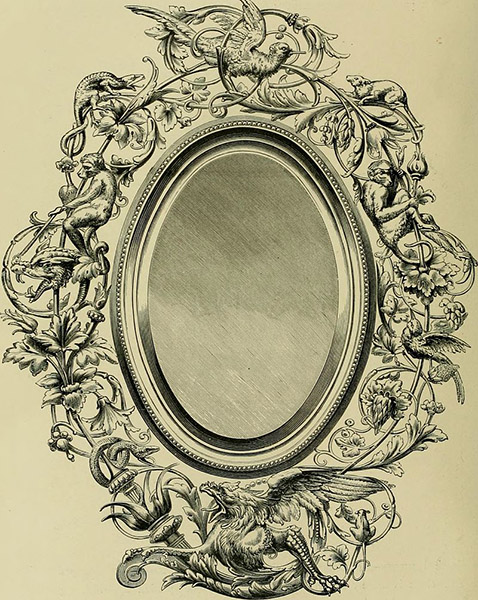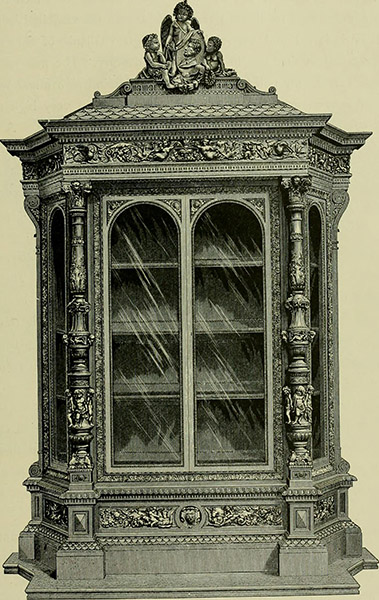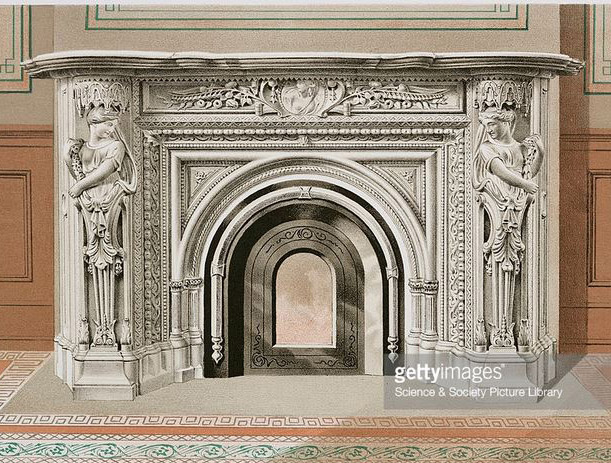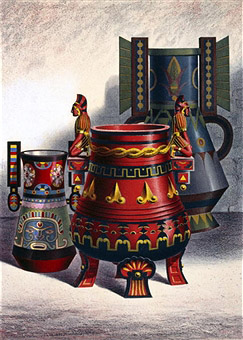World's Fair of 1876
Download PDFIn the United States, the first official World’s Fair was held in 1876 in Philadelphia for the centenary of the Declaration of Independence. It is called the Centennial Exhibition of Arts, Manufactures and Products of the soil and mine, and takes place in Fairmount Park, near the Schuylkill River.
With 35 countries invited, the event will feature the largest construction ever built at the time, the Main Exhibition Building, designed by Henry Pettit and Joseph M. Wilson. The interior is exposed to mining products, metallurgy, manufacturing, education and science. The Art Exhibition is located in Memorial Hall, a building adjoining the northern front. In order to improve the transport of visitors, trains are set up passing every 30 minutes, trolleys, cars and even boats on the river.
The Main Exhibition Building was an ephemeral construction, but the Memorial Hall became the Pennsylvania Museum of Art after the Exposition (now called the "Please Touch Museum") in which there was a school of industrial art, which became the University of Arts in the 20th century. Twenty-six states of the U.S. had their pavilion, of which only Ohio remained, and eleven foreign countries had theirs. Philadelphia innovated by erecting a Women's Pavilion, the first structure in history that was destined to enhance the work of women.
The presence of France is ensured by a Pavilion built by Armand Moisant, architect of the Bon Marché, which was reused in 1878. French artist Bartholdi presents the torch of the Statue of Liberty which will be finished later and installed in New-York, an attraction set in the park at the top of which visitors can climb. He also exhibits his Young Wine-Grower, a statue cast in bronze by Barbedienne, which is bought and always visible at the University of Drexel.
Seventy-eight French sculptures are presented, including those of Ernest-Louis Barrias, Charles Cordier, Gustave Crauk, and Jules Dalou. The American jury especially appreciates bronzes, and salutes the ability of these artists to restore the spirit of ancient Greek works in modern compositions.









